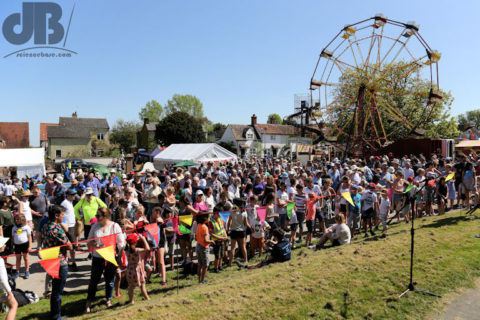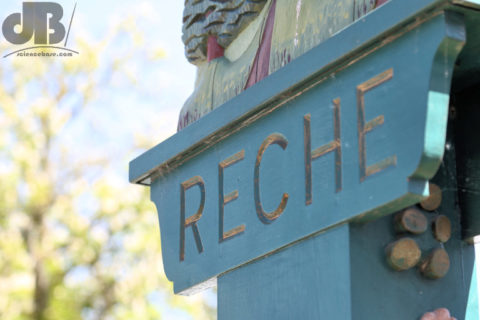There are older traditions but Reach Fair stretches back a long way. It was in the year 1201 AD that the annual Reach Fair was inaugurated. The Burgesses of Cambridge were granted a Royal Charter by King John that year to hold such a fair. It begins at midday with a proclamation that bars inappropriate activity and heralds the activities and festivities that will take place. The proclamation is then followed by the throwing of coins for the children. Anyway, it still happens, they only cancelled it twice in the whole of its history and that was in the 17th Century when there was something of a skirmish taking place in this part of the world, the English Civil War.
It was a gloriously sunny and warm English countryside Bank Holiday Monday afternoon (a first this century?), so what better place to be without too much travelling? Amazing the number of friends who agreed with our plan!
More photos and the fun of the fair in the Sciencebase Flickr album.
The picturesque village of Reach (Reche) is on the edge of the Fens East of the university city of Cambridge at the North end of Devil’s Dyke (6th Century) and about 2.4 km West of Burwell. Reach was important in early Anglo-Saxon and Viking times with goods such as the chalky stone known as Clunch being loaded at its hythe (wharf) for transport into the fen waterway system from as early as 1100 AD. Reach Lode is a Roman canal, still visible and still navigable.
The village name has also been spelt Reche, derived from the Old English word raec and means “place on the raised strip of land”.

